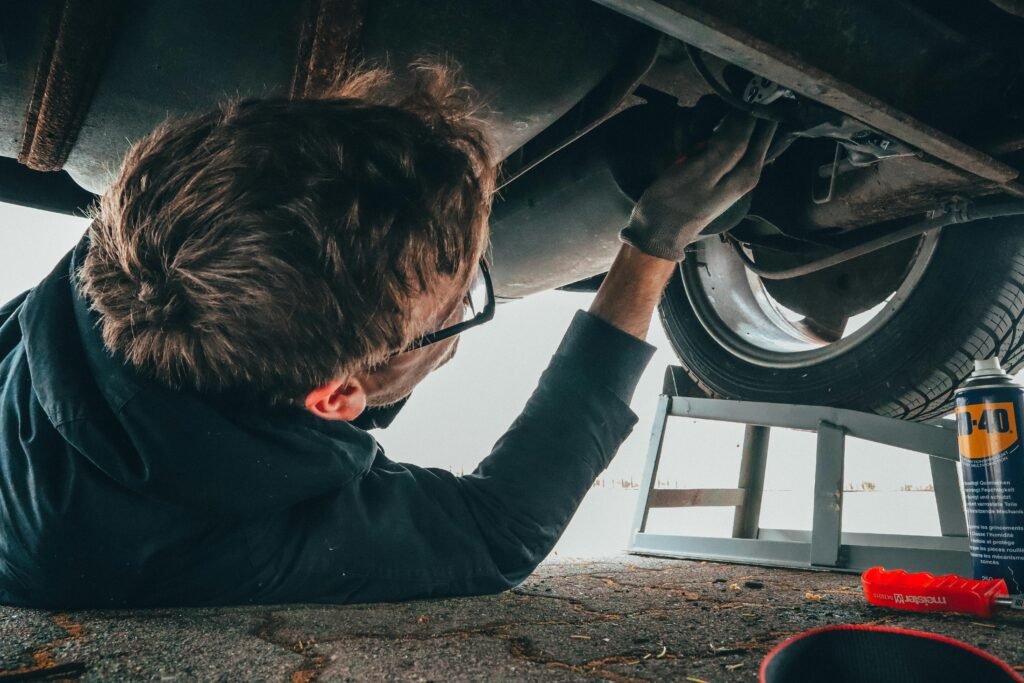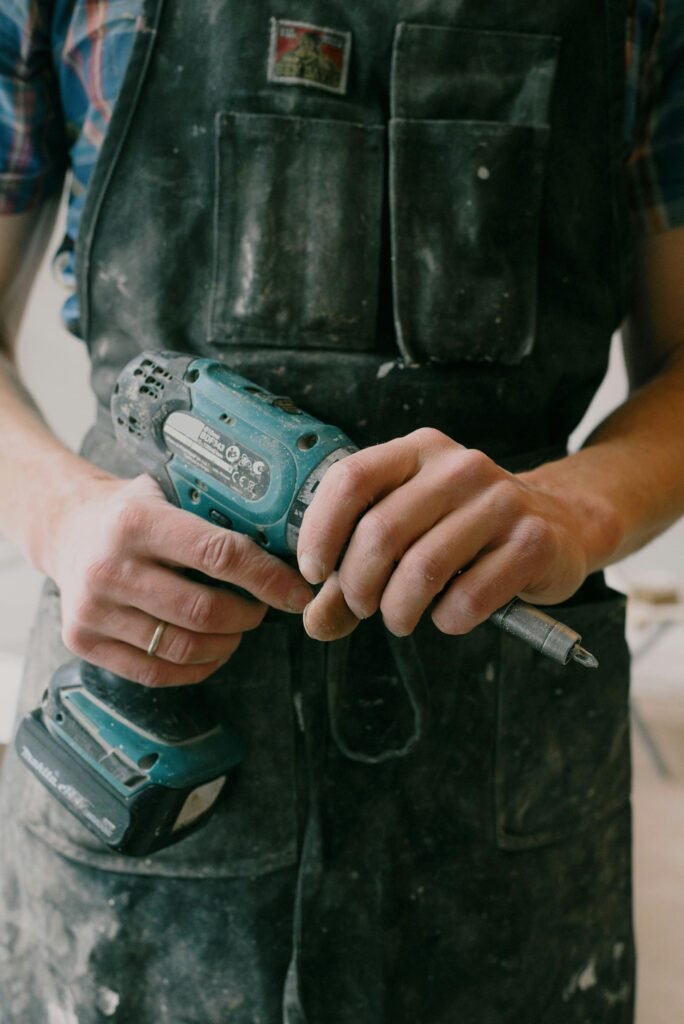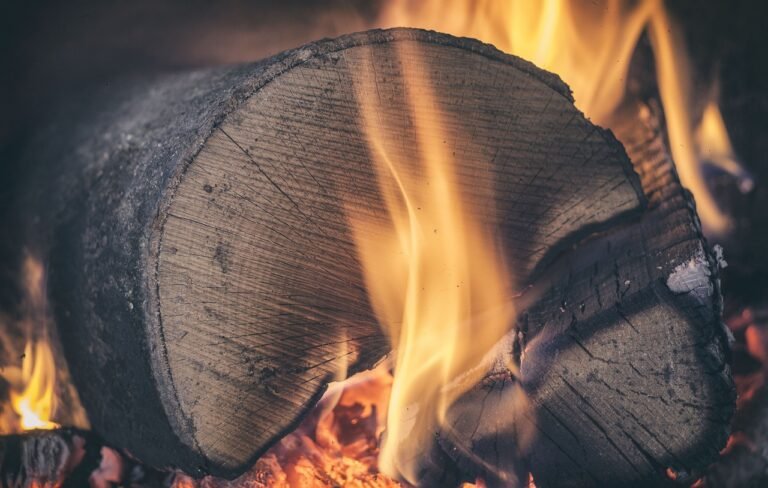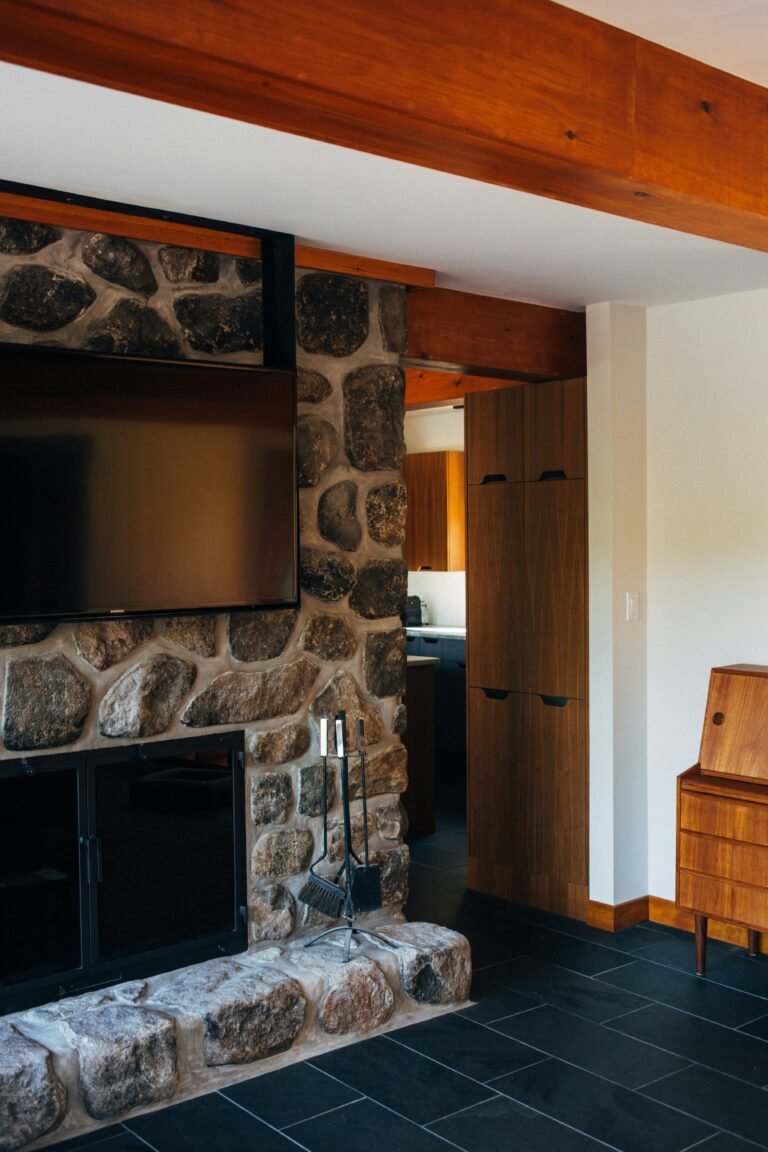Are you ready to ensure that your fireplace is ready to withstand any weather condition? Look no further! In this comprehensive guide, we will provide you with all the necessary tips and tricks to weatherproof your fireplace throughout the year. From the scorching heat of summer to the chilly winter nights, we’ve got you covered. Whether you’re a fireplace aficionado or a new homeowner looking to make the most of this cozy feature, our easy-to-follow maintenance strategies will help you keep your hearth in tip-top shape. Say goodbye to costly repairs and hello to a fireplace that will stand the test of time!
Preventing Moisture Damage
Inspecting the Chimney
Regularly inspecting your chimney is an essential part of fireplace maintenance. Take a close look at the exterior of the chimney for any signs of damage such as cracks or loose bricks. Additionally, check the chimney cap to ensure it is securely in place.
Installing a Chimney Cap
A chimney cap is an excellent investment in preventing moisture damage to your fireplace. It covers the top of the chimney, preventing rain, snow, and debris from entering. Ensure that the cap is securely installed and in good condition to provide adequate protection.
Sealing Cracks and Gaps
To further protect your fireplace from moisture damage, it’s crucial to seal any cracks or gaps in the chimney and masonry. Use a waterproof sealant to fill in these areas and prevent water from seeping into your fireplace.
Using Waterproofing Agents
Consider applying a waterproofing agent to your chimney and masonry to provide an additional layer of protection. These agents penetrate the porous surfaces and create a barrier against moisture infiltration. Consult a professional for the appropriate product and application method.
Cleaning and Clearing
Removing Ash and Debris
Regularly removing the ash and debris from the firebox is vital for maintaining a clean and efficient fireplace. Use a fireplace shovel or vacuum specifically designed for ash removal to safely dispose of ashes. Dispose of the ashes in a metal container and store it outside away from flammable materials.
Cleaning the Firebox
Periodically clean the firebox to remove soot and creosote buildup. Use a wire brush or a commercial fireplace cleaner to scrub the interior walls of the firebox gently. Remember to wear protective gloves and a mask while cleaning to ensure safety.
Clearing the Chimney Flue
A clear and functioning chimney flue is essential for proper ventilation. Use a chimney brush or hire a professional chimney sweep to clear out any creosote, debris, or blockages that may accumulate within the flue.
Scheduling Professional Cleanings
While regular maintenance is crucial, it is also important to schedule professional chimney cleanings at least once a year. Professional chimney sweeps have the expertise and tools to thoroughly clean and inspect your chimney, ensuring its safety and efficiency.
Checking for Damaged Components

This image is property of images.pexels.com.
Inspecting the Damper
The damper is a vital component of your fireplace that regulates airflow. Regularly inspect the damper for any signs of damage such as rust or improper functioning. Ensure that it opens and closes smoothly and securely to prevent heat loss when the fireplace is not in use.
Examining the Firebricks
Firebricks line the interior of the firebox, providing insulation and protecting against heat damage. Check for any cracked or deteriorating firebricks and replace them promptly to maintain the integrity of your fireplace.
Assessing the Hearth
The hearth is the area around your fireplace, often made of non-combustible material. Inspect the hearth for any cracks, chips, or damage. Repair or replace any compromised sections to ensure a safe and aesthetically pleasing fireplace.
Checking for Cracks in the Masonry
Inspect the masonry surrounding your fireplace for any cracks or gaps. These can allow moisture to seep into the structure, leading to further damage. Fill in and seal any cracks to maintain the structural integrity of your fireplace.
Storing Firewood Properly
Choosing the Right Location
When storing firewood, it’s essential to choose the right location. Select a spot away from your house to minimize the risk of pests or insects entering your home. Ensure that the area is well-ventilated to allow for proper drying of the firewood.
Using Firewood Racks or Sheds
Investing in firewood racks or sheds is an excellent way to store your firewood properly. These structures keep the wood elevated and protected from moisture on the ground. They also facilitate proper airflow, allowing the wood to dry thoroughly.
Keeping Wood Elevated and Covered
To protect your firewood from moisture, keep it elevated off the ground. This prevents direct contact with the soil, reducing the chance of rot and decay. Additionally, cover the top of the firewood pile with a waterproof tarp or a specially designed firewood cover to shield it from rain and snow.
Maintaining Air Circulation
Proper air circulation is crucial for ensuring that the firewood dries effectively. Stack the firewood loosely to allow air to circulate between the logs. Avoid tightly pressing the wood together, as this can hinder airflow and slow down the drying process.
Maintaining Ventilation

This image is property of images.pexels.com.
Cleaning Air Vents and Grates
Regularly clean the air vents and grates around your fireplace to maintain proper airflow. Remove any dirt, dust, or debris that may accumulate and block the vents. This ensures that fresh air can enter and fuel the combustion process.
Checking the Draft
A sufficient draft is necessary for proper ventilation and combustion in your fireplace. Test the draft by lighting a small piece of newspaper and holding it near the damper opening. The smoke should be drawn upward into the chimney. If the smoke does not draft upward, it may indicate a blockage or improper ventilation, and you should consult a professional.
Ensuring Adequate Combustion Air
To maintain efficient combustion and prevent the build-up of harmful gases, ensure a constant supply of combustion air. Avoid tightly sealing doors or windows near the fireplace, as this can restrict airflow. Additionally, consider using fresh air vents or draft-inducing fans to ensure an adequate air supply.
Installing Carbon Monoxide Detectors
Carbon monoxide (CO) is a colorless and odorless gas that can be produced by incomplete combustion in your fireplace. Install carbon monoxide detectors near your fireplace and in sleeping areas to ensure early detection of any leaks. Regularly check the batteries and test the detectors to ensure they are functioning correctly.
Protecting the Exterior
Removing Vegetation
Trim any vegetation, such as tree branches or shrubs, that may be in close proximity to the chimney. Overhanging branches can pose a fire hazard and increase the risk of moisture damage. Keep vegetation at a safe distance from the chimney to minimize these risks.
Inspecting for Cracks in the Chimney Crown
The chimney crown is the concrete or masonry cap that covers the top of the chimney. Inspect the chimney crown for any cracks or damage that may allow moisture to seep into the chimney structure. Repair or replace the crown as necessary to prevent further deterioration.
Repairing or Replacing Damaged Caps
If your chimney has a cap or spark arrestor, inspect it regularly for any signs of damage or corrosion. Damaged caps can allow debris and moisture to enter the chimney, leading to potential problems. Repair or replace damaged caps to ensure proper protection.
Applying Waterproof Sealant
To further protect the exterior of your chimney from moisture damage, consider applying a waterproof sealant. This can help to repel water and prevent it from seeping into the masonry. Consult a professional for the appropriate product for your specific chimney type and apply according to the manufacturer’s instructions.
Preparing for Winter

This image is property of images.pexels.com.
Scheduling Professional Inspection
Before the winter season begins, it’s crucial to schedule a professional inspection of your fireplace and chimney. A qualified inspector will thoroughly assess the condition of your fireplace and identify any potential issues that need to be addressed before regular use.
Checking for Leaks and Drafts
Inspect your fireplace for any signs of leaks or drafts. Look for water stains, peeling paint, or a musty odor, which can indicate moisture infiltration. Address any leaks or drafts promptly to prevent further damage and maintain a safe and efficient fireplace.
Stocking Up on Firewood
Ensure you have an ample supply of dry and seasoned firewood for the winter season. Purchase or collect firewood well in advance to allow sufficient time for proper drying. Follow the guidelines for storing firewood mentioned earlier to ensure it remains in optimal condition.
Maintaining a Clean Firebox
Before the winter season, thoroughly clean the firebox. Remove any ash, debris, or creosote buildup to ensure proper airflow and prevent potential fire hazards. A clean firebox also allows for more efficient burning and better heat output.
Summer Fireplace Care
Cleaning the Interior
During the summer months when the fireplace is not in use, take the opportunity to clean the interior thoroughly. Remove any remaining ash, soot, or debris from the firebox and chimney. A clean interior reduces the risk of pests and maintains good air quality.
Removing Excess Creosote
Creosote is a sticky, flammable substance that can accumulate in your chimney during the burning process. Use a chimney cleaning product or hire a professional chimney sweep to remove any excess creosote buildup. This reduces the risk of chimney fires and improves your fireplace’s efficiency.
Covering the Chimney
During the summer, cover your chimney to prevent water, debris, and animals from entering. You can use a specially designed chimney cover or a securely fastened tarp. Ensure that the cover is well-ventilated to allow for proper airflow and prevent moisture buildup.
Updating Fireplace Accessories
Take the opportunity during the summer to update and refresh your fireplace accessories. Consider replacing worn-out or outdated fireplace tools, screens, or log holders. This not only enhances the appearance of your fireplace but also ensures that these accessories are in proper working condition.
Fall Fireplace Care
Clearing Out Fall Debris
Before the arrival of cold weather, clear out any leaves, twigs, or debris that may have accumulated around your fireplace. These materials can be highly flammable and pose a fire hazard. Keep the area around your fireplace clean to maintain a safe environment.
Insulating the Chimney
Proper insulation of the chimney can help prevent heat loss and increase the efficiency of your fireplace. Consider installing a chimney insulator or flue liner to reduce the amount of heat escaping through the chimney. Consult a professional for guidance on the appropriate insulation method for your specific chimney.
Testing the Ignition System
If your fireplace has an ignition system, test it before the start of the heating season. Ensure that the ignition switch is functioning correctly and that the pilot light ignites and remains lit. If you encounter any issues, contact a professional to address and repair the ignition system.
Checking Chimney Cap and Flashing
Inspect the chimney cap and flashing for any signs of damage or wear. Damaged caps or flashing can allow water to enter your chimney and cause moisture damage. Repair or replace any compromised components to ensure proper protection for your fireplace.
Spring Fireplace Care
Checking for Winter Damage
As winter comes to an end, inspect your fireplace for any signs of damage or deterioration that may have occurred during the colder months. Look for cracks, water stains, or any other indicators of moisture damage. Address any issues promptly to prevent further deterioration.
Removing Debris
Clear away any debris, such as leaves or branches, that may have accumulated in or around your fireplace during the winter. Proper maintenance and cleaning help ensure that your fireplace is ready for use when the colder weather returns.
Inspecting Chimney for Animal Nests
Inspect the chimney for any signs of animal nests or activity. Birds, squirrels, or other small creatures may take shelter in the chimney during the winter. If you detect any nests or blockages, contact a professional to safely remove them and ensure the chimney is clear.
Scheduling Professional Maintenance
Before the start of spring, schedule professional maintenance for your fireplace. A professional technician will conduct a thorough inspection, clean the chimney, and address any necessary repairs or maintenance. Regular professional maintenance extends the lifespan of your fireplace and ensures its safe operation.
Remember, by following a regular fireplace maintenance routine throughout the year, you can enjoy a safe, efficient, and aesthetically pleasing fireplace in every season. Stay proactive and make fireplace care an essential part of your home maintenance routine.




